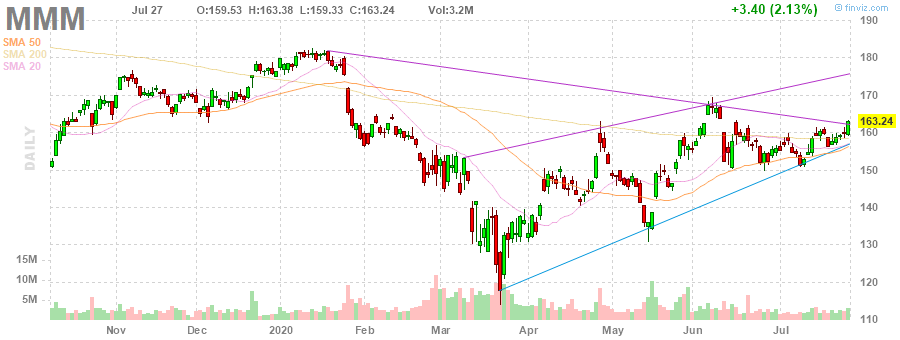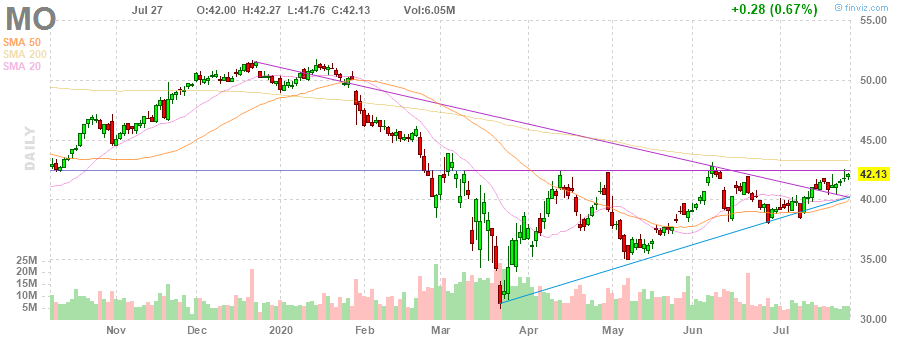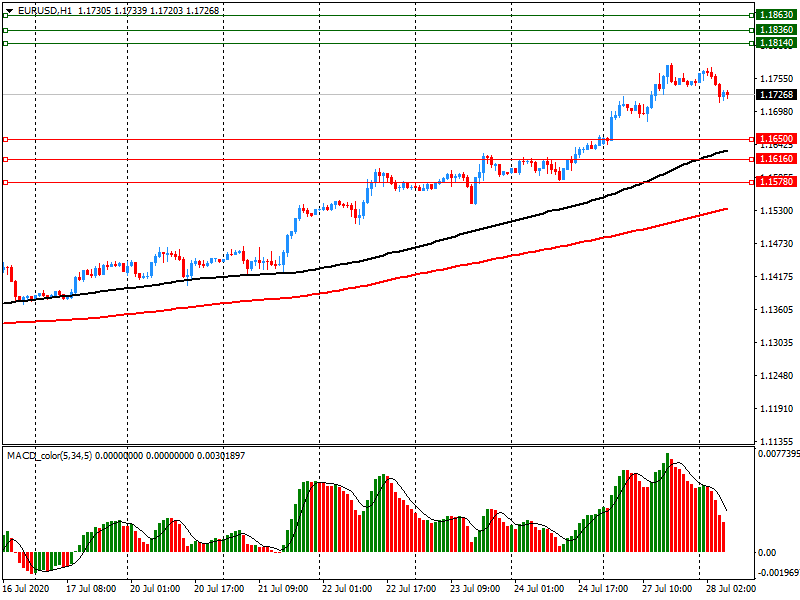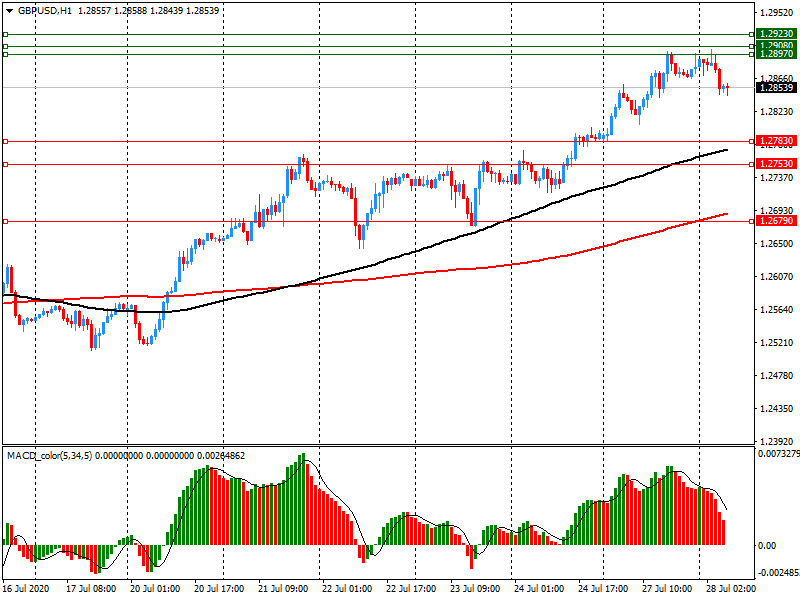- Analytics
- News and Tools
- Market News
CFD Markets News and Forecasts — 28-07-2020
| Time | Country | Event | Period | Previous value | Forecast |
|---|---|---|---|---|---|
| 01:30 | Australia | CPI, y/y | Quarter II | 2.2% | -0.4% |
| 01:30 | Australia | Trimmed Mean CPI y/y | Quarter II | 1.8% | 1.4% |
| 01:30 | Australia | Trimmed Mean CPI q/q | Quarter II | 0.5% | 0.1% |
| 01:30 | Australia | CPI, q/q | Quarter II | 0.3% | -2% |
| 06:45 | France | Consumer confidence | July | 97 | 99 |
| 08:00 | Switzerland | Credit Suisse ZEW Survey (Expectations) | July | 48.7 | |
| 08:30 | United Kingdom | Consumer credit, mln | June | -4.597 | -2 |
| 08:30 | United Kingdom | Mortgage Approvals | June | 9.3 | 33.9 |
| 08:30 | United Kingdom | Net Lending to Individuals, bln | June | -3.4 | |
| 12:30 | U.S. | Goods Trade Balance, $ bln. | June | -74.34 | |
| 14:00 | U.S. | Pending Home Sales (MoM) | June | 44.3% | |
| 14:30 | U.S. | Crude Oil Inventories | July | 4.892 | |
| 18:00 | U.S. | Fed Interest Rate Decision | 0.25% | 0.25% | |
| 18:30 | U.S. | Federal Reserve Press Conference | |||
| 22:45 | New Zealand | Building Permits, m/m | June | 35.6% | |
| 23:50 | Japan | Retail sales, y/y | June | -12.3% | -6.5% |
© 2000-2025. All rights reserved.
This site is managed by Teletrade D.J. LLC 2351 LLC 2022 (Euro House, Richmond Hill Road, Kingstown, VC0100, St. Vincent and the Grenadines).
The information on this website is for informational purposes only and does not constitute any investment advice.
The company does not serve or provide services to customers who are residents of the US, Canada, Iran, The Democratic People's Republic of Korea, Yemen and FATF blacklisted countries.
Making transactions on financial markets with marginal financial instruments opens up wide possibilities and allows investors who are willing to take risks to earn high profits, carrying a potentially high risk of losses at the same time. Therefore you should responsibly approach the issue of choosing the appropriate investment strategy, taking the available resources into account, before starting trading.
Use of the information: full or partial use of materials from this website must always be referenced to TeleTrade as the source of information. Use of the materials on the Internet must be accompanied by a hyperlink to teletrade.org. Automatic import of materials and information from this website is prohibited.
Please contact our PR department if you have any questions or need assistance at pr@teletrade.global.
























